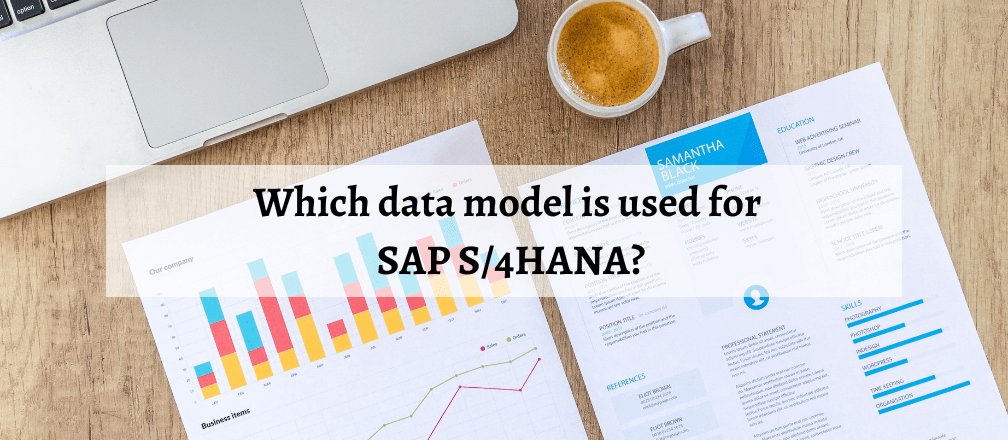Which data model is used for SAP S/4HANA?

There has been a massive shift in the SAP S/4HANA platform. It makes use of the Virtual Data Model by using CDS or Core Data Services view. Therefore, it has been immensely beneficial for businesses. The virtual data model is the semantic data model that aims to expose business data in a consumable and understandable manner.
The reason it is known as virtual is that it can extract data from database tables. Hence, it is capable of transforming existing tables into a uniform data model where necessary. Apart from describing business semantics, VDM is the executable model providing access to data at runtime.
What is a CDS View in SAP S/4 HANA?
If you’re doing application development and want to take benefit of SAP HANA, it has introduced the latest data modeling infrastructure, which is referred to as core data services. Therefore, by making use of CDS, users can consume and define data models on the database instead of the application server. It also provides innumerable capabilities beyond conventional data modeling tools. This includes providing support for relationship definition, conceptual modeling, extension, and other inbuilt functionalities.
In technical language, CDS is the enhancement of SQL that offers data definition language to define semantically rich views or database tables. It is also helpful in user-defined types. Here are some of the common enhancements.
- Associations are used on the conceptual level. It assists in replacing joins with simple path expressions.
- Expressions are generally used for queries and calculating the data model.
- Annotations are used for enriching data models by adding metadata.
It is natively supported in both SAP HANA and ABAP. These data models are generally expressed in DDL or Data Definition Language and can be defined as a CDS view. There are a lot of advantages of CDS for both developers and businesses.
Here are some of the advantages of CDS for both Developers and Businesses:
-
Compatible with a range of database platforms:
CDS is mostly generated in the management open SQL views. It has been integrated into the native SAP HANA layer. As it is based on open SQL, it is supported by most database vendors.
-
Rich data models:
CDS is mostly developed on the popular entity-relationship model. It is similar to conceptualizing thinking.
-
Efficient:
CDS is known for being extremely efficient. It provides a range of inbuilt functionalities like aggregations, expressions, and SQL operators to create views.
-
Support conceptual associations:
With the help of CDS, users can easily define Association which serves as the relationship between a range of views. Path expressions can also be used for navigating relations. You can introduce abstraction and make Associations to navigate between consumable entities.
-
Support annotations:
CDS syntax present also supports annotations data domain specific. These can be evaluated by any other components very easily, like analytics, OData services, and UI.
-
Extensibility:
Customers can now easily extend the CDS view with many fields that will be added automatically to the CDS view and use the hierarchy.
Before the implementation of the data model in SAP, it was degrading the proper performance and was time-consuming. However, advanced technology has now improved quality performance without taking much time.
Ready to take your business to the next level? Contact us today to learn more about how SAP S/4 HANA can transform your organization. Our experienced team of consultants will help you implement the solution tailored to your specific needs and ensure a successful rollout. Together, we can unlock the true potential of your business.

